by Todd Walker
Every item in your kit should ultimately help you develop this top skill.
“The quality of a survival kit is determined by how much it can help you when you need to sleep. If you can sleep well at night, you have it made.” ~ Mors Kochanski
I’ve shared coffee over campfires with some tough guys in the past. It’s easy to spot who is experienced in the art of smoothing it in the woods by a simple question uttered after that first sip of joe…
“How’d ya sleep?“
Ah yes, the moment of truth. On the second morning it becomes very apparent who’s sleeping well and who’s ready to pack up and head home to their pillow-top mattress and warm flannel sheets.
We all have our bad nights sleeping in the woods. But an experienced woodsman has developed hacks to obtain what novice campers only dream of… restorative sleep.
Owls screech, coyotes howl, and curious critters come to visit. What did we expect? We’re sleeping on makeshift beds in their “living room.”
The larger woodland animals are often deemed sleep saboteurs. Proper camp hygiene will keep most of the big guys away. Not giving attention to little details invites malicious mischief all night.
Sleep Saboteur #1: Mosquitos
There’s nothing more annoying than the distinctive, tormenting buzz around your face in the dark. Left un-swatted, one tiny mosquito in a shelter will ruin any chance of sleep.
Get the picture…
You lay motionless, radar on, to detect its airborne location before the nighttime bombing raid commences. The constant hum gets closer and stops when the bloodsucker lands. You swat – and miss – and swear. The dive bombing continues till dawn. Itchy welts on your forehead, the only exposed human tissue in your shelter, resemble a measles outbreak by morning.
Here are few modern and primitive ways to get a good night’s rest in bug season.
Bug Netting
Defensive maneuvers can be deployed to defend your skin. Modern mosquito netting adds little weight to your pack and provides protection from even smaller no-see-ums (biting midges).
Dirt Road Girl bought me a ENO Guardian Bug Net to use on our trip to Eagle Rock Loop this summer. I only used it the first night. The net stopped the bugs. But it also stopped some of the breeze. I hate sleeping hot.
Bug Dope
The industry standard to keep bugs off is DEET. The problem I have with this chemical is ~ if will melt plastic, I don’t want it on my skin. I opt for natural bug-off protectants.
One all-natural repellent I’ve been using this summer is called All Natural BugShot. I love this stuff! Here’s a quick video of my thoughts on BugShot…
The plant world provides a natural defense against biting insects. Here are a few that I’ve used and found effective in my area. Simply crush the leaves to release the oils and smear the material on your skin and clothing.
- Wax Mertle (Myrica cerifera) – abundant on our middle Georgia family land and used often
- American Beautyberry (Callicarpa americana)
- Paw Paw (Asimini triloba)
- Yarrow (Achillea millefolium) – found along open fields and hedgerows before you hit the deep woods
Smudge Fire
Even if you can’t find these natural bug repelling plants, you have woody plants in various stages of decay no matter where you are. Look for a dead limb or stump containing punk wood; decaying wood that is spongy but not rotted to the point of crumbling to dust.
You knew I’d highlight the importance of fire craft in wilderness self-reliance, right?
Once you have fire, light a chunk of punk wood and let it begin to smolder. If you have a metal container, add a layer of burning coals to the bottom of the container. Then add the punk wood on top. Now you have a smudge pot that can be moved to take advantage of wind direction in your shelter area.
A few holes in the bottom of the container will add just enough oxygen to keep the smudge smoldering for hours. However, you don’t want to ruin a perfectly good metal container with holes. Use an old tin can or other container using your possum mentality.
A shallow hole in the ground with smoldering material will serve the same purpose – only it’s not mobile. Animal dung, composted plant material, pine needles, and other weeds on top of coals will create long-lasting smoke. Let’s not forget about the usefulness of smoke to rid natural bedding material of my arch enemies in Georgia… chiggers and ticks!
Sleep Saboteur #2: Bedding
Staring at my mid 50’s, the need to impress others has departed like the hair on my head. I’ll take smoothing it over roughing it any night in the woods!
Personal preference dictates whether you hang in a hammock, sleep on the ground, use a sleeping bag, or a wool blanket. I’ve used all of the above. Given the option of ground or hammock, I choose to hang around camp!
Go Light
Weight isn’t an issue when car camping or RV’ing. Even canoe camping will trim your load considerably. Bushwhacking on foot takes a bit more thought on your sleeping arrangements. Long before today’s modern camping gear and gadgets, our ancestral woodsmen slept in the wilderness comfortably.
The temptation is to buy this or that indispensable camp kit has been too strong and we have gone to the woods handicapped with a load fit for a pack mule. This is not how to do it. Go light, and the lighter the better so that you have the simplest of material for health comfort and enjoyment. ~ Nessmuk
When your body comes in contact with cold or wet ground, heat transfers (conducts) away from your 98.6ºF body. Sleeping cool is one thing, sleeping cold can kill.
I use a cheap closed-cell foam sleeping pad in both my hammock and on the ground when temperatures drop. This insulates my backside from the effects of convection in the hammock and conduction when sleeping on the ground.
Other primitive insulators are available in the forest if you ever find yourself in a situation without modern gear. A six-inch layer of compacted leaves, pine bows, or other fluffy stuff can serve as a barrier between you and the cold ground.
“It is one of the blessings of wilderness life that it shows us how few things we need in order to be perfectly happy.” ~ Horace Kephart
Sleep Saboteur #3: Heat Loss
I sleep best in cold weather. To do this, I take steps to control heat loss.
Here are key terms to know for core temperature control:
- Conduction – The transfer of heat when ‘hot’ molecules collide with neighboring cold molecules. Heat travels from hot to cold via touching.
- Convection – Air or water moving over skin removes heat from your body.
- Radiation – The process where energy (body heat) is transferred in space from our body and absorbed by a colder environment. Heat, light, and sound travel by waves, particles, or rays.
- Insulator – Materials that are poor conductors of heat. Air, cloth, and wood are poor conductors but make great insulators.
- Heat transfer – Thermal energy (heat) can be transferred via conduction, convection, and radiation.
To sleep cozy in the woods, pay particular attention to the following…
Shelter
Your most important layer of shelter is the clothes you wear. Without feather or fur, humans wear clothing to trap a warm pocket of insulating air being radiated from the body. Our head and neck are responsible for radiating about 75% of our body heat into the environment. That’s why wearing a hat keeps your feet warm.
Outside the clothes you’re wearing, another layer of shelter can be made from tarp, tent, or natural material. It’s worth noting here that attention to the 4 W’s of campsite selection (Wind, Water, Wood, and Widow Makers) increases your chances of peaceful sleep. I’m fond of tarps due to their flexibility in configurations. Other advantages of tarps include:
- Lighter than tents
- Quick to set up if caught in a rain storm
- Can be set up to passively collect said rain water
- Perfect companion for hammocks
- Cheaper to buy than tents
- Easy to configure to block wind, rain, or snow – or open up to take advantage of wind in hotter climates
- You can make your own
- A radiant fire out front adds warmth and offers wilderness TV entertainment as you nod off to sleep
A few modern shelter/cover options in my sleep system are…
- USGI Poncho – this versatile piece of kit can provide cover on the move and shelter when sleeping
- DiY Oilskin Bed Sheet Tarp – waterproof, fire-resistant (unlike silnylon), and durable – no worries about burning a small fire under this tarp – plus you made it with your own hands!
- ENO ProFly – lightweight (1.4 pounds), compact, and easy to set up
- SOL Emergency Space Blanket a 5 x 7 space blanket used in the Kochanski Super Shelter design for extreme cold and little gear
- Trash Bags – two contractor grade trash bags stay in my kit and could be used for emergency shelter or stuffed with fluffy debris for bedding
- US Military Modular Sleep System (MSS) – this system consist of two sleeping bags, GoreTex bivy bag, and compression stuff sack – I only take the components I think I’ll need, never the whole system
Other Sleep Aids
The first thing I do when making camp is to build a fire. I’ve made it a habit to wash my body before going to sleep. After bathing I stand by the campfire to dry off. This one act helps me sleep the sleep of babies. A little nightcap never hurt either.
A poncho liner (A.K.A. – woobie) has saved me a time or two in what I expected to be warm camping weather which turned cool unexpectedly. My nephew, a veteran of the Afghanistan war, always carried a woobie. Leaving this piece of gear behind, he was told, would ensure that you “woobie” cold.
Dedicated wool socks for sleeping accompany me on overnight trips. These clean socks are only worn in bed.
“One of the hallmarks of the veteran woodsman is the way he contrives to make himself comfortable in camp”. ~ Warren H. Miller
Experience in the finer aspects of woods lore can only be learned by Doing the Stuff in the wildness. Fall temperatures haven’t arrived in Georgia yet, but I know they’re coming. I for one can’t wait to get out and sleep in the woods!
What’s your best tips for sleeping soundly in the woods?
Keep Doing the Stuff of Self-Reliance,
Todd
P.S. – You can also keep up with the Stuff we’re Doing on Twitter, Pinterest, Google +, YouTube, Instagram, and Facebook… and over at the Doing the Stuff Network.
P.P.S – If you find value in our blog, Dirt Road Girl and I would appreciate your vote on Top Prepper Sites! You can vote daily by clicking here or on the image below. Check out all the other value-adding sites while you’re there… 
Thanks for Sharing the Stuff!
Copyright: Content on this site (unless the work of a third-party) may be shared freely in digital form, in part or whole, for non-commercial use with a link back to this site crediting the author. All links in articles must remain intact as originally posted in order to be republished. If you are interested a third-party article, please contact the author directly for republishing information.
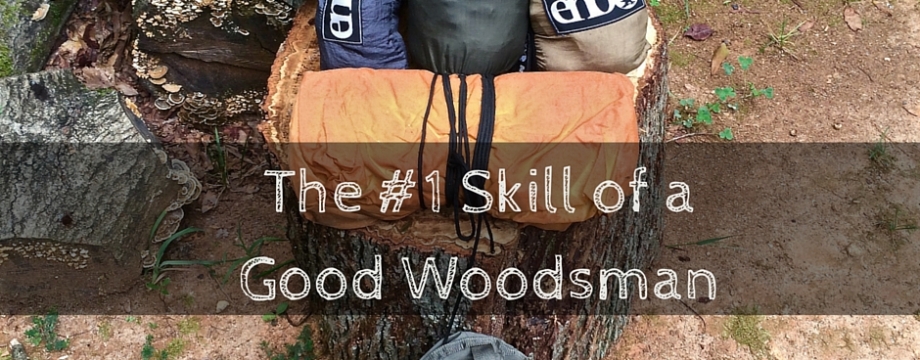
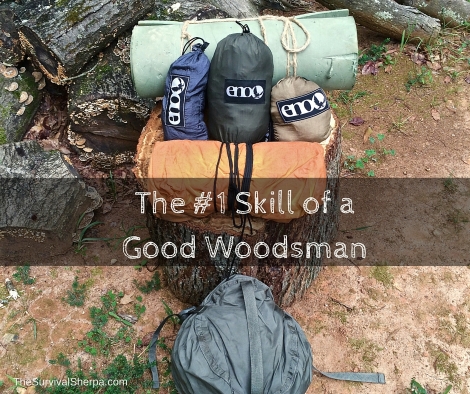
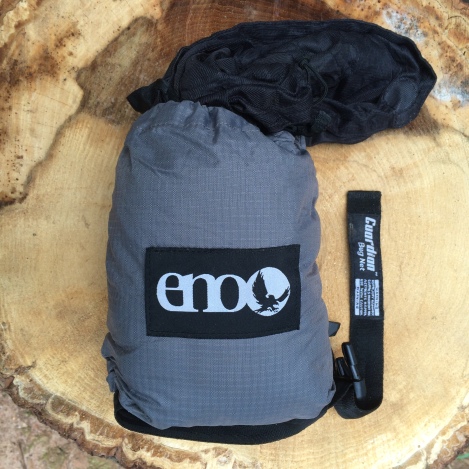
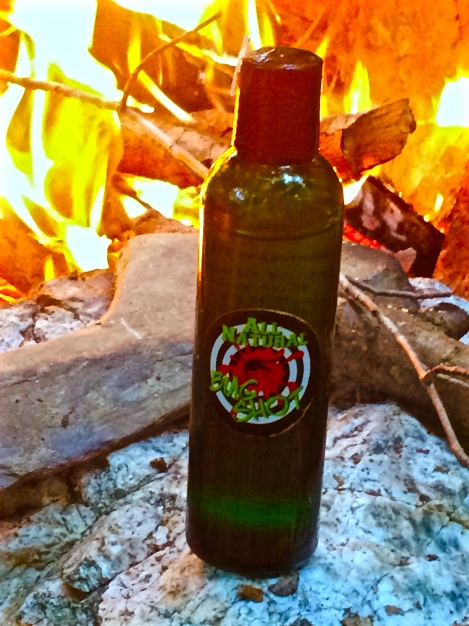

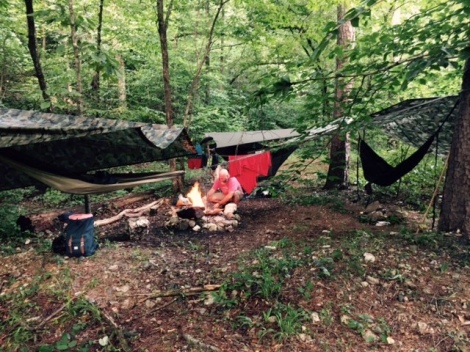
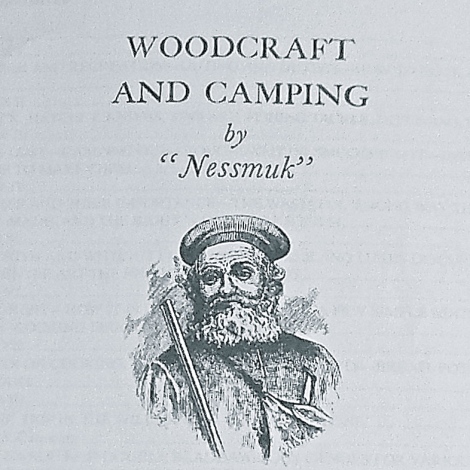

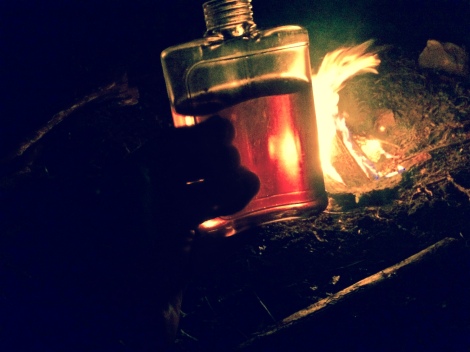







Very good tips! I want to try the diy oilskin sheet tarp! If I could add another tips…also a contemplative cup of good red wine! 😀 Ciao!
LikeLike
You’re right about that, Ciao! Thanks, brother!
LikeLiked by 1 person
Here in Canada the trembling aspen are starting to turn yellow and the nights are getting colder. For the pass three years I have spend about 7 months of the year sleeping in my tent. No, I’m not a street person. I do it by choice!
Over the years, I have moved away from the modern sleeping bag and back towards the traditional wool blanket. Colder nights just means more wool blankets. I do use an open sleeping bag as a top for very cold nights.
Thanks for the tip about a “woobie”. I’ve never heard the term before but a poncho liner is a good idea for colder climates.
LikeLike
I use two wool blankets when it reaches the freeze mark here, Caroline. I’d really like to see a blog of your experience sleeping outdoors in Canada! hint, hint. Equipment, mindset, etc.
Do the girls tag along?
LikeLike
No, but they are both physically ready to live outside. Both sleep with their windows open winter or summer.
I need a lot more warmth then two wool blankets even at 0C (32F). Personally for 0C, I use a fleece sheet, followed by a layer of two wool blankets (a summer blanket and a winter blanket), followed by a 0C rated sleeping bag. I also like wearing wool socks to bed. If it’s really cold, I wear a merino wool hat. I just remove layers if I get too warm.
At Halloween, I move back into the house and open the windows for air flow during the winter. Every year it gets harder to move back into the house.
It’s hard to believe I have spent so much of my life energy getting a house to find I like living in a tent better.
LikeLike
I just found a used down sleeping bag which I want to alter and use as an under quilt for my hammock. Using a combination of wool and down has a very long history. Just found this link today and thought you might find it interesting: http://thewoodslife.com/?p=1768
LikeLiked by 1 person
Great article. Thanks for sharing!
LikeLike
Here’s some “Scouting Advice.” http://scoutmastercg.com/how-to-sleep-warm-when-camping/
LikeLike
Thanks for the link, Dr. L. Good advice!
LikeLike
I always drink a cup of wax myrtle tea for three days prior to camp and for over thirty years I always dust my campsite with a little bit of sulfur, no chiggers,ticks,ants,snakes or other “critters”, they don’t care for the smell!!
LikeLike
We used sulfur as kids in this way when camping on barrier islands in GA. It did a good job of keeping the chiggers away for sure. Thanks for sharing the tips, Mark!
LikeLike
Pingback: Monday Mania - 9.7.2015 - The Prepared Ninja
Great piece,
I love your term “smoothing it” have always been a fan of camping like a civilized gent,,, just because its the end of the world and you have bugged out doesnt mean you need to transform into cro magnon man! Ha,,,
LikeLike
Thank you, Kulafarmer, but the term isn’t original with me. George Washington Sears, aka – Nessmuk, coined that term in his classic book, Woodcraft and Camping. Appreciate the comment!
LikeLike
Good article Todd and the photo of the medicinal by fire looks.
great! I don’t mind sharing the “living-room” with animals; however,
I learned quickly in the North Cascades to make camp away from loud running water. You can’t hear a bear’s approach or intrusion
and that makes me nervous. Equally, it’s prudent to place camp away from dead tree snags. These things and all you communicate
do help sleep. Final note: Ticks-YUK!
LikeLiked by 1 person
Thank you for reading and commenting, Jim! Medicinals… haha.
Good tips! Thanks for sharing.
LikeLike
There are a lot of good tips here but I think the number one skill of a good woodsman is observation. If you are a keen woodlands observer you will be able to find a comfortable place to practice your sleeping skills, and you’ll know if you need a tarp or netting rigged before hand.
For years I backpacked the mountains of Colorado with nothing more than an Ensolite Pad and a wool army blanket and slept comfortably on the ground-just cleared the pine cones and rocks out of the way so I had a slight depression for my rear end. I do love the idea of a hammock but did a lot of camping above timberline where they weren’t practical. The views made up for it.
LikeLike
Pingback: Prepper News Watch for September 8, 2015 | The Preparedness Podcast
I’ve thought of a method to stay warm in a hammock. If worse comes to worse you can start a fire and cover it with a small layer of dirt (there’s a name for it but I can’t think of it) hang your space blanket in an A-frame tent style around your hammock.
This method should be pretty cozy. And keep you comfortable in your hammock and not have to worry about burning yourself like ole Jeremiah Johnson learned the hard way.
LikeLike
Good idea. Thanks John!
LikeLike
Pingback: The Number One Skill of a Good Woodsman - Survivalot
Pingback: 7 Secrets for Burning Sticks in the Rain | Survival Sherpa
Pingback: 27 Basecamp Projects Guaranteed to Elevate Skills and Fun in the Woods | Survival Sherpa
Pingback: The Number One Knife Skill for Wilderness Survival and Self-Reliance | Survival Sherpa
Pingback: The Number One Knife Skill for Wilderness Survival and Self-Reliance | TheSurvivalPlaceBlog
Pingback: Knowledge vs. Knowing: 37 Woodlore Lessons | Survival Sherpa
Pingback: Wilderness Survival: 3 Core Skills to Keep Your Child Alive | Survival Sherpa
Pingback: Wilderness Survival: 3 Core Skills to Keep Your Child Alive | Prepper's Survival Homestead
Pingback: The Number One Knife Skill for Wilderness Survival and Self-Reliance | Ready Nutrition